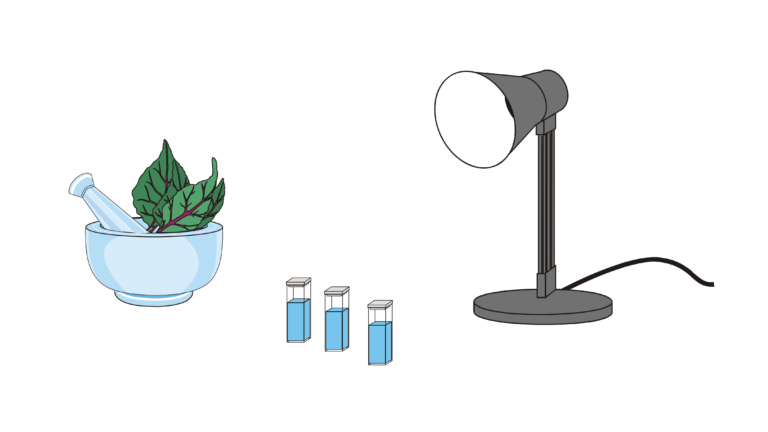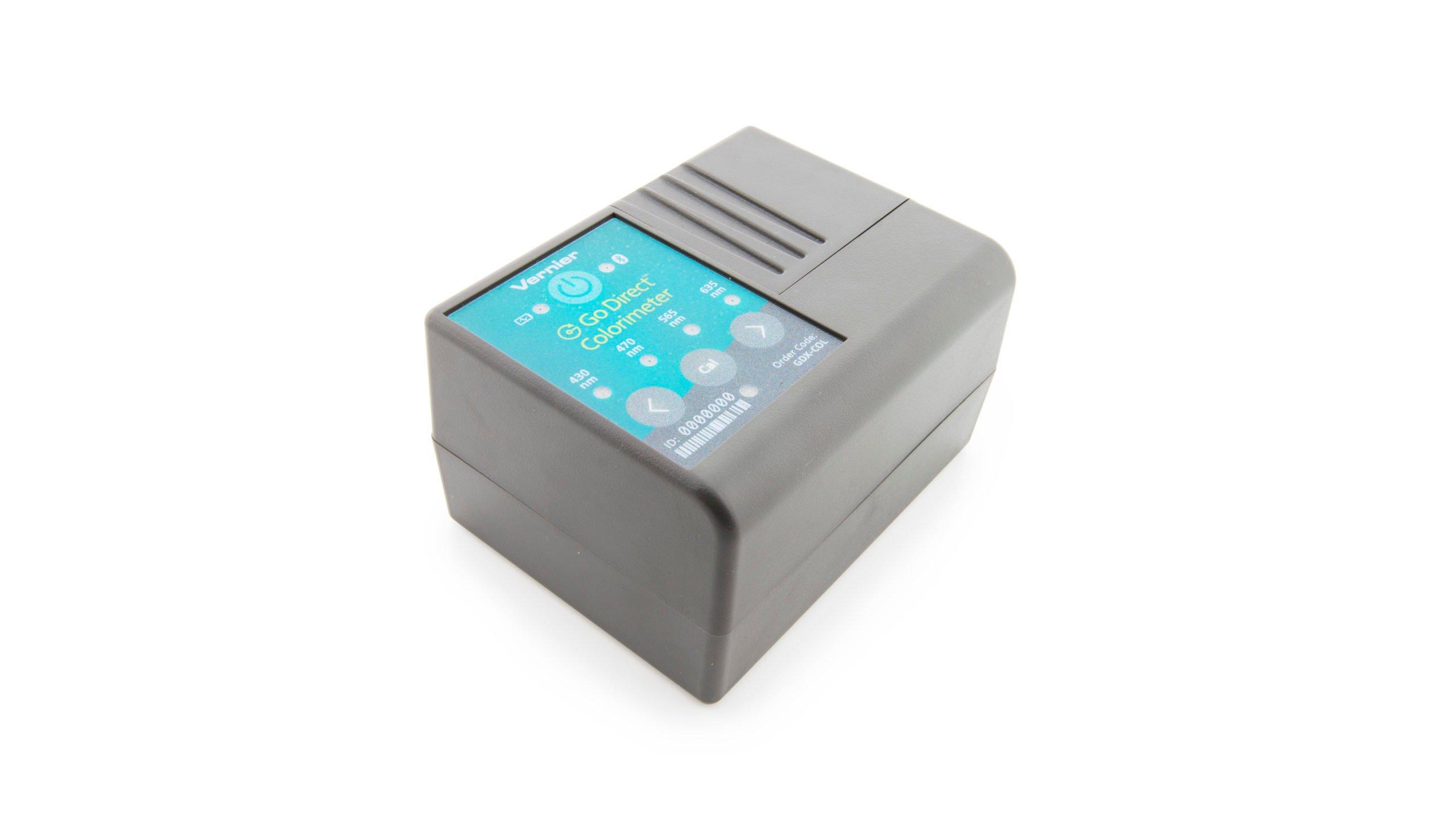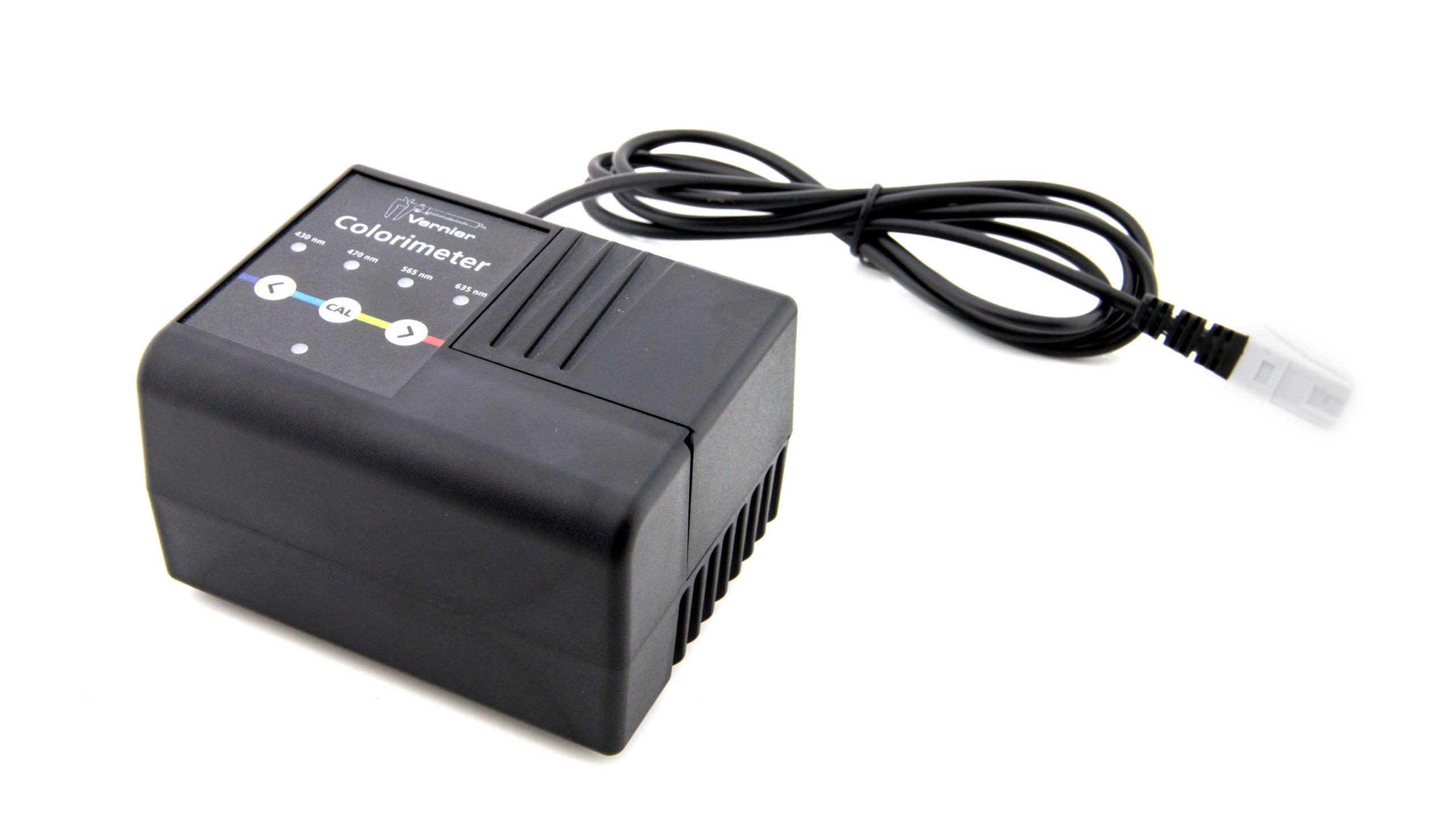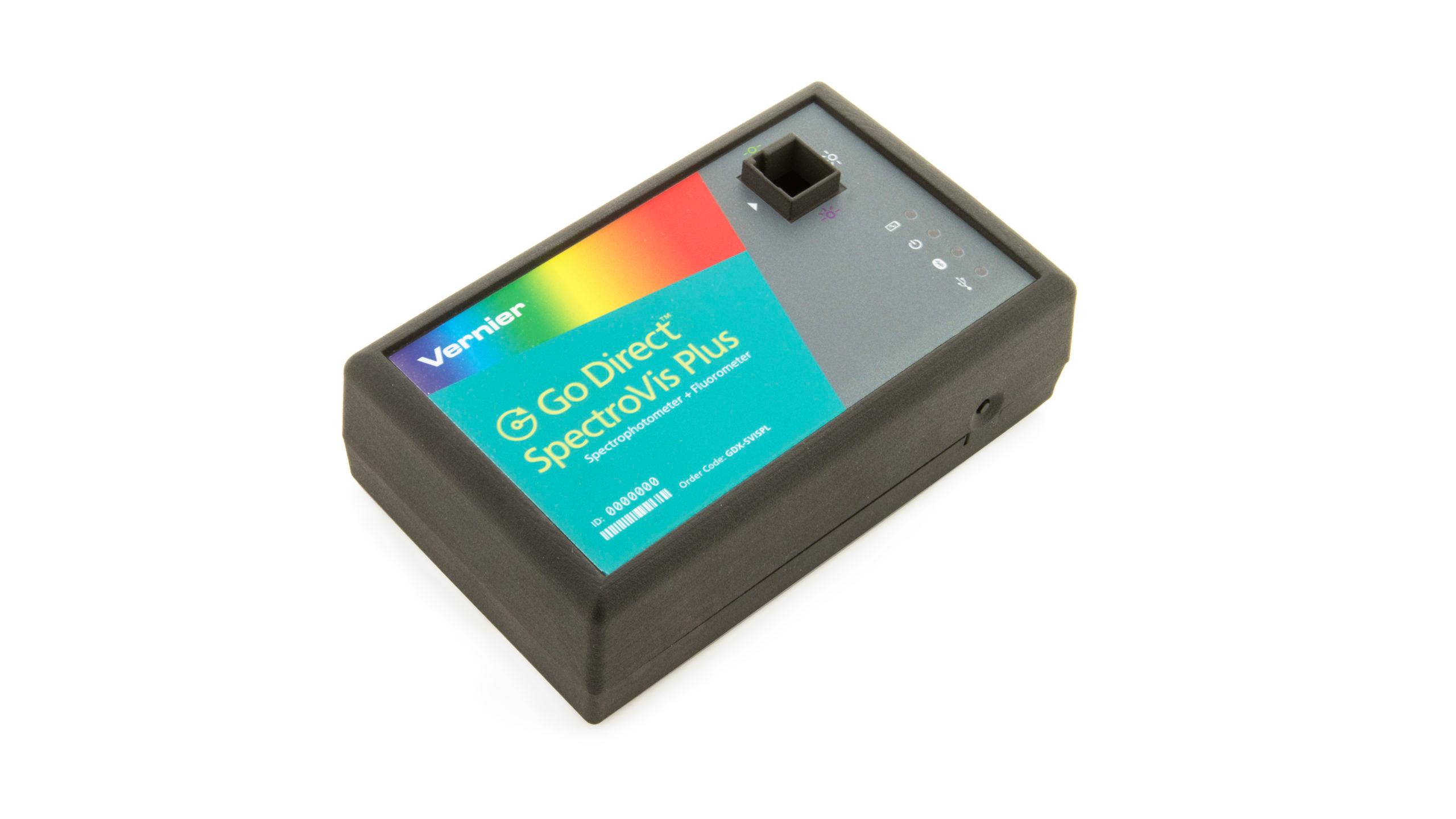
Introduction
The process of photosynthesis involves the use of light energy to convert carbon dioxide and water into sugar, oxygen, and other organic compounds. This process is often summarized by the following reaction:
This process is an extremely complex one, occurring in two stages. The first stage, called the light reactions of photosynthesis, requires light energy. The products of the light reactions are then used to produce glucose from carbon dioxide and water. Because the reactions in the second stage do not require the direct use of light energy, they are called the dark reactions of photosynthesis.
In the light reactions, electrons derived from water are “excited” (raised to higher energy levels) in several steps, called photosystems I and II. In both steps, chlorophyll absorbs light energy that is used to excite the electrons. Normally, these electrons are passed to a cytochrome-containing electron transport chain. In the first photosystem, these electrons are used to generate ATP. In the second photosystem, excited electrons are used to produce the reduced coenzyme nicotinamide adenine dinucleotide phosphate (NADPH). Both ATP and NADPH are then used in the dark reactions to produce glucose.
In this experiment, a blue dye (2,6-dichlorophenol-indophenol, or DPIP) will be used to replace NADPH in the light reactions. When the dye is oxidized, it is blue. When reduced, however, it turns colorless. Since DPIP replaces NADPH in the light reactions, it will turn from blue to colorless when reduced during photosynthesis.
Objectives
In this experiment, you will
- Use a Colorimeter or Spectrometer to measure color changes due to photosynthesis.
- Study the effect of light on photosynthesis.
- Study the effect that the boiling of plant cells has on photosynthesis.
- Compare the rates of photosynthesis for plants in different light conditions.
Sensors and Equipment
This experiment features the following sensors and equipment. Additional equipment may be required.
Option 2

Option 3

Ready to Experiment?
Ask an Expert
Get answers to your questions about how to teach this experiment with our support team.
- Call toll-free: 888-837-6437
- Chat with Us
- Email support@vernier.com

